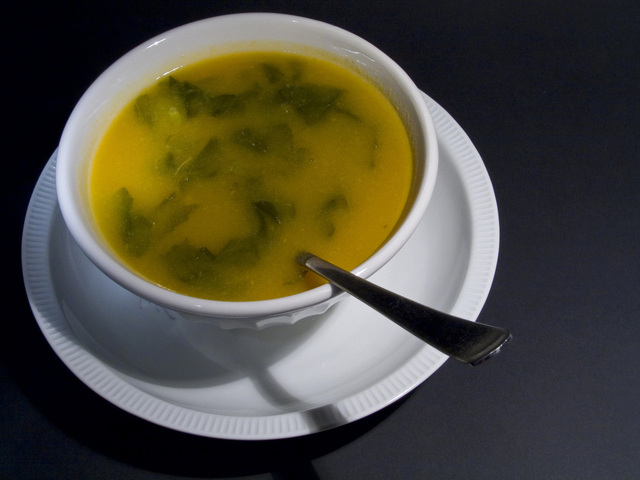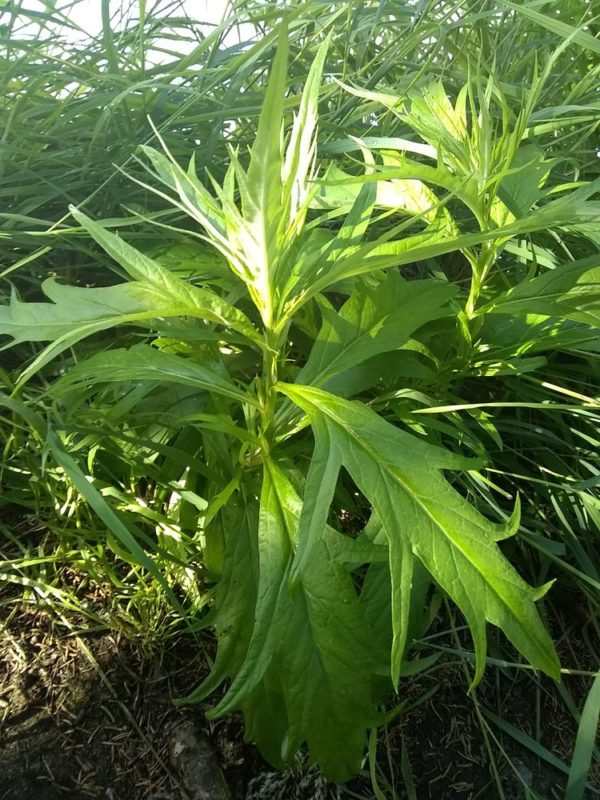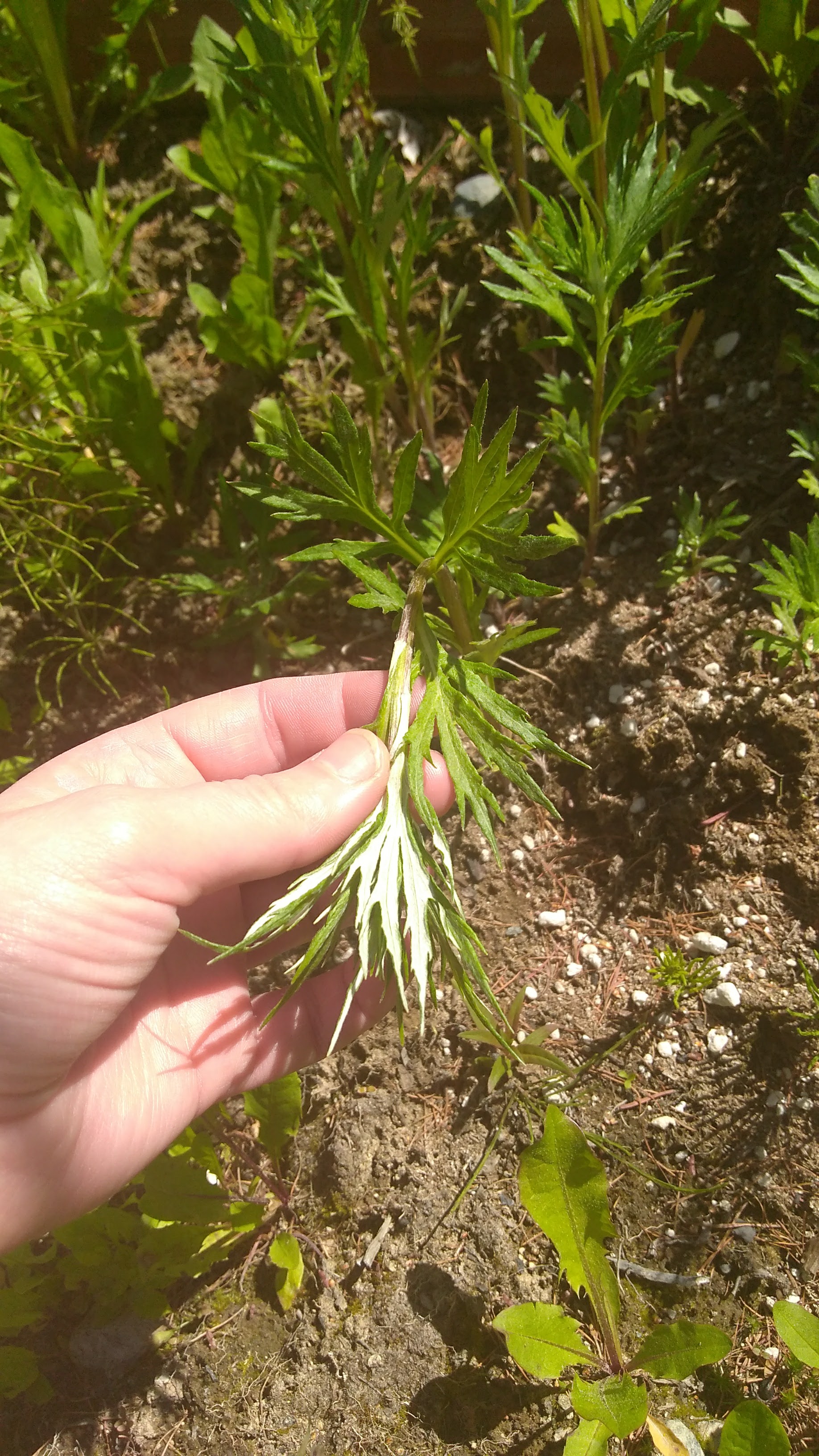Okay, some people have wanted some recipes. So here is a recipe! It’s that time of year for colds and flus. This is my go-to for when I am sick: Chicken Soup. You’re not a cook? Neither am I, so worry not! This is a simple recipe that will help you feel better if you have a cold or the flu. Even my Mom learned this one from me, although my mom is a much better cook than I (Love you Mom!).
What you need:
- Two chicken thighs, bone in, skin on
- One yellow onion, peeled
- Two carrots, not peeled
- 1 fresh cilantro or parsley bunch (I like cilantro because it adds more taste)
- Salt to taste
- Water
- Big pot
Chicken Soup Instructions

1) Fill up a big pot with water, enough that you won’t run out after simmering for four or so hours.
2) Put in the chicken thighs, onion, and carrots
3) Bring to a boil. (That means big bubbles are coming up).
4) Lower the heat. Simmer (smaller bubbles, but bubbles are still coming up) until the meat is falling off of the bone and the onion falls apart (between 2-4 hours, I have never actually kept track). Stir occasionally. Add more water if it gets too low.
5) Before you turn the heat off, chop up the parsley and put it in. Simmer until it is wilted, stirring occasionally.
6) Add salt to taste.
You can even make big batches and freeze it so you have some ready made so you don’t have to go to the store and wait for it to be made when you get sick.
Do not add anything else! This is a traditional recipe that was taught to me. Adding anything like parsnip or noodles will ruin the benefits. Don’t even add garlic.
Speaking of benefits, here is what they are:
Onion: antibacterial, anti-catarrhal (good for runny noses)
Chicken: protein and fat. Plus all of the minerals from the marrow that leaks into the broth gives you a bunch of vitamins and minerals you need. The broth itself will help you stay hydrated.
Carrots: more vitamins and minerals to help you heal.
Parsley: This is the herb with one of the highest amounts of vitamin C available. It’s also a diuretic which can help if you’re retaining too much water while sick.
Cilantro: This one threw me for a loop because fresh, I know it as cilantro. Dried, I know it as coriander. They are the same plant! (Yet another example of why you need to know the Scientific Name). Cilantro/coriander helps aid in digestion which will help absorb the vitamins and minerals needed to heal. It also has anti-microbial properties to help your system attack the virus.
I hope that you find this helpful. Hopefully you won’t need this during winter, but now you have it in case you do.
Related articles:
How Herbs Work in Your Body
Coffee is Not a Bad Thing
An Introduction to Vitamin D
Food Should Be the Basis for Healing
Six Fascinating Plants to Try as Coffee Substitutes




